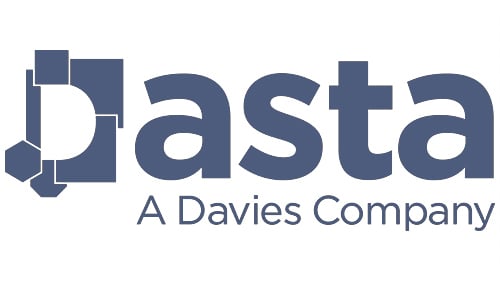Our award-winning Decision Focus platform offers a highly flexible Business Continuity Planning and Operational Resilience solution that enables you to determine the critical products and services you need to protect and develop recovery strategies and plans to ensure your organisation’s resilience.
All the tools you need to do this are included in this module of our GRC software, including:




.png)




.png)




